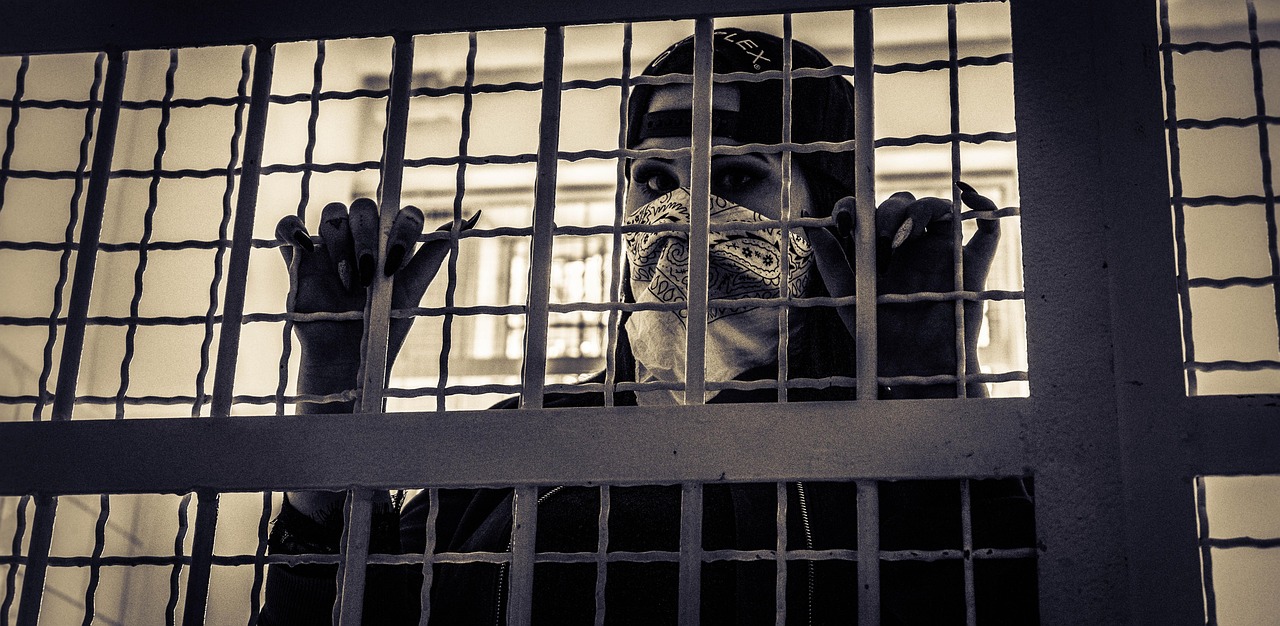How mental health affects safety, security and society

Mental‑health issues are often thought of in personal, private terms: an individual struggling, a therapist meeting, a “health issue” behind closed doors. But the reality is broader and deeper. When mental health problems proliferate or go unaddressed, they affect the safety and security of whole communities, tax payers, legal systems, police forces, correctional institutions and public budgets. What begins in the mind ends up in the street, courtroom, jail‐cell and on the public ledger.
When someone is severely distressed, untreated or unstable, they become more vulnerable to crisis; less able to self‑regulate, more likely to come into contact with police, more likely to cycle through the legal system, more likely to be incarcerated, more likely to reoffend. This isn’t just bad for the individual, it’s expensive for society, dangerous for others, and undermines public safety and security.
To protect ourselves and our communities, we need to see mental health as integral to safety and security, not a separate domain.
The link between mental health issues and policing
Police increasingly act as first responders to mental‑health crises. When someone is in panic, dissociation, psychosis or emotional collapse, they may call 911 or be the subject of a disturbance. But law enforcement is not always equipped to handle mental‑health emergencies as health crises rather than criminal issues. This mismatch raises dangers of escalation, violence, misuse of force, injury or death. According to research, over a quarter of police shootings in one case stemmed from a mental‑health crisis.
Moreover, communities pay a heavy price. Local governments report that jails and courts are acting as de facto mental health providers driving up costs and diverting tax dollars from preventive care. One study reported that 80 % of counties said they incur highest costs in providing behavioral health services via courts and jails rather than community clinics.
When mental health services are weak, law enforcement becomes the fallback. The result is more arrests, more use of force, more cost and less safety.
Mental health issues in the legal and judicial system
When people with untreated or poorly managed mental illness end up in the legal system, the consequences multiply. They often receive longer sentences, have higher recidivism, and cost more to manage within the correctional system. A policy brief found that about one‐fifth of state prison expenditures go to health care in prisons and a third of those health costs were mental health, pharmaceuticals or substance abuse treatment.
These extra costs fall on taxpayers. The legal system, from courts and probation to prisons and parole, incurs large direct expenses. For example, one analysis placed the U.S. criminal justice system cost at nearly $300 billion (2016 data) across policing, prisons, courts much of which is driven by high‑need individuals, many with mental‑health issues.
Beyond money, there is reduced public safety. When mental‑health needs go unmet, the risk of repeat offending rises. Communities experience cycles of “revolving door” justice: crisis → arrest → jail → release → crisis again. That costs lives, stability, trust and money.
Prisons, correctional burdens and societal cost

Perhaps the most visible overlap of mental health and safety is in prisons and jails. People with serious mental‑health problems are overrepresented in incarcerated populations. In U.S. state prisons, around 43% of inmates have a diagnosed mental disorder; local jails approach 44% or more. prisonpolicy.org Many of those admitted do not receive appropriate treatment while behind bars. nami.org
What this means: prisons become defacto psychiatric hospitals often without the resources to deliver care and this is not just inhumane but inefficient and expensive. Community‐based treatment would often cost far less. For instance: community‑based housing and care might cost ~$180/day in one city, compared to ~$445‑$650/day for a detained individual in jail. Vera Institute of Justice
This has several knock‑on effects:
The higher cost of incarceration for mentally ill individuals and the higher likelihood of re‐arrest or re‐incarceration (recidivism) means greater tax burdens.
The environment inside prisons, often stressful, hostile, lacking therapeutic support can worsen mental health, increasing risks of self‑harm, violence, or future instability.
Families of incarcerated people also carry social and economic costs: lost income, disrupted lives, increased burden on social services.
The public safety implication is clear: failing to address mental health creates threats to both individual and communal security, and drives up correctional and social costs.
Wider social and economic consequences
When you add up all the individual encounters in homes, schools, workplaces, emergency rooms, jails, courts, the societal cost is huge. For example, in England a recent study estimated mental illness costs at around £300 billion per year, covering economic costs, health and care, lost tax revenue and reduced productivity. The Guardian
The cost to taxpayers comes in many forms: policing, emergency response, court time, imprisonments, health care, lost work productivity, social welfare. The burden of untreated or under‐treated mental illness undermines workforce capability, raises accident risk, reduces educational attainment, weakens social capital and increases public spending.
When communities invest too little in preventive mental health services, they effectively pay more for law enforcement, incarceration, emergency care, lost tax revenue and reduced public safety.
Safety and security: more than physical barriers
When we talk about public safety we often think of fences, locks, cameras. But true security also includes the mental state of citizens. A person’s ability to regulate emotion, access support, maintain stable relationships and participate in society are all part of social safety.
Mental‑health issues undermine relational safety. Unpredictable behaviours, emotional crises, impaired decision‑making create risks not only for the person suffering but for their family, neighbours, community and institutions. A partner in crisis, a student withdrawing, an employee unstable each may reduce the safety of others around them.
At the institutional level, if a prison is housing large numbers of people with untreated mental illness, staff safety, inmate safety, community safety upon release all suffer. If police are chronically responding to mental‑health calls without proper training or alternatives, risk of escalation or harm rises. The legal system overloaded by mental‑health‐related cases weakens its capacity to deal with genuine crime.
In short: unmanaged mental‑health need becomes a safety hazard for society.
What must change: from reactive to preventive

If society is to reduce this burden, the shift must go from reacting to crises (police and legal intervention) toward prevention (mental‐health care, community support, early intervention). This requires:
Strengthening community mental‐health services so fewer people enter the justice system due to untreated illness.
Creating diversion and treatment alternatives for offenders with mental illness, rather than incarceration by default.
Training police and first‐responders in mental‐health awareness and crisis de‐escalation reducing risks and costs.
Integrating mental health into public‑safety planning: recognising that safety includes mental well‑being.
Investing in early‐intervention programs in schools, workplaces and communities to reduce risk of escalation into the justice system.
Research supports this: targeted mental‑health outreach has been shown to reduce re‐incarceration in high‐risk groups. There is also strong cost‑benefit evidence: one study found mandated mental‑health treatment reduces three‐year recidivism by about 12 percentage points, implying benefits exceed costs by a large margin.
From a tax‑payer standpoint, community treatment is far cheaper than arrest‐→‑jail cycles. The savings in policing, prosecution, incarceration and health care are substantial when intervention happens upstream rather than downstream.
The moral and public‑policy dimensions
There is a moral imperative here: individuals with mental illness deserve access to care, dignity and stability. But beyond ethics, there is a public‑policy reality: a society that neglects mental health undermines its own safety, security and fiscal health. When prison becomes default mental‑health provider, when police become de facto therapists, when courts clog with untreated cases society pays twice: once in human cost, once in taxpayer burden.
Converting the system from punishment‑first to treatment‑first is not just humane, it’s smart policy. It promotes safer communities, reduces crime, saves money, and protects public trust in institutions.
Conclusion
Mental‑health issues are not just personal tragedies, they are public‑safety and public‑finance challenges. When individuals slip through the cracks, when crises become incidents, when untreated illness meets police, courts and prisons, the cost to society is enormous. Tax dollars, human lives, relational trust, public stability all suffer.
Yet the solution is within reach: invest in mental‑health care, shift from crisis to early support, re‑design systems so that safety includes well‑being. If we get it right, we build safer communities, reduce burden on police and legal systems, curb prison populations, and relieve the tax‑payer. If we fail, the cost keeps rising.
In the end: mental health is safety. Public safety. Fiscal safety. Community safety. And if we ignore it, we pay, in money, in lives, and in security.

